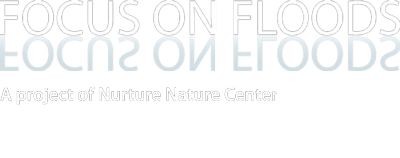Flash floods are particularly dangerous for motorists for a variety of reasons, making it difficult for motorists to perceive their risk associated with a flood. This study uses cognitive mapping and GIS data to analyze how risky certain motorists’ daily itineraries are during high-risk flood situations. The authors assessed 200 mental maps of the public and used the above techniques to pinpoint which areas on the itineraries are the most risky. They then compared this to the individual’s perception of their risk. The study ends with providing some reasoning for why there might be a gap between actual risk and perceived risk.
